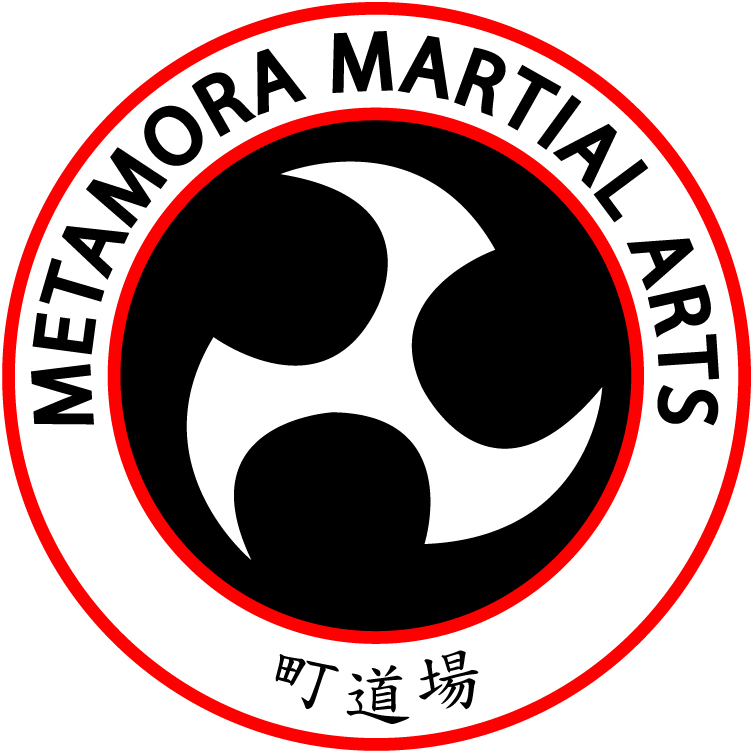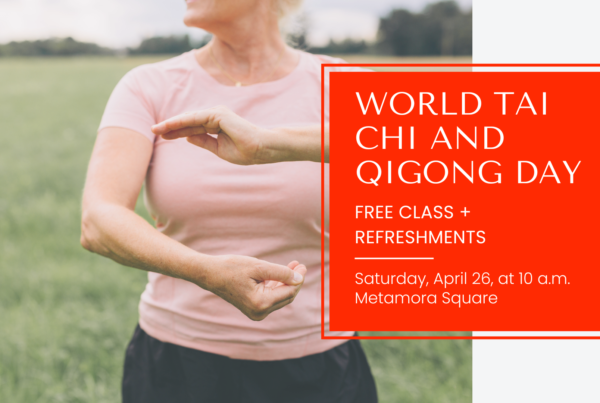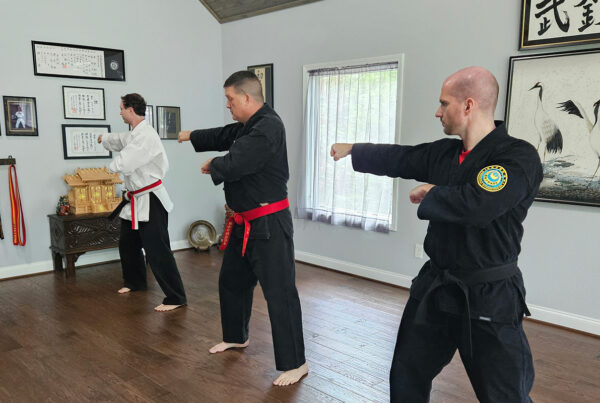Tai chi chuan is a martial art that is practiced for health and relaxation benefits.
Practicing tai chi regularly has been found to have a range of benefits for both physical and mental health, such as improved balance, reduced stress, and improved flexibility.
Here are some recommended steps to help you practice tai chi chuan at home.
1. Find A Suitable Space
You will need enough space to perform the movements without any obstacles.
Choose a quiet and peaceful place where you won’t be interrupted, like a basement or a spare bedroom.
If you’re practicing in the house, make sure your working area is clean, especially if you’re practicing barefoot.
Pick up any loose items and put them away, and ensure the space has been vacuumed or mopped.
If you’re outside, make sure you have picked up or set aside loose sticks and rocks.
Many advocate for practicing barefoot outside to help you connect with nature.
Personally, I keep my shoes on because I have bad reactions to bug bites.
2. Wear Comfortable Clothing
Wear loose and comfortable clothing that allows for easy movement.
I prefer athletic shorts or pants and a dry-fit T-shirt or tank top.
During the cooler months, I’ll wear a base layer or a hoodie.
If you’re wearing shoes, they should provide good support.
For purchasing equipment to practice tai chi at home, please contact Sifu Adam about items that may not be in our martial arts shop.
3. Warm Up
Before starting tai chi, it is important to warm up your body.
You can do some simple stretches or a few minutes of light aerobic exercise.
Some of my favorite tai chi warm-ups include:
- Arm circles
- Arm hugs
- Neck rolls
- Whole-body twists
- Air squats
- Calf-raisers
- Leg swings
Those motions cover the primary body parts involved in Chinese martial arts: shoulders, elbows, neck, trunk, knees, and ankles.
4. Learn The Movements Of Tai Chi Chuan
There are many resources available to learn tai chi movements, including instructors near you, books, videos, and online tutorials and courses.
If you’re working with a tai chi instructor, ask him or her for home practice resources, such as:
- A list of the form’s postures written out for you to look at.
- A video showing you how to practice at home.
- What other practice guides they can offer you.
One resource an instructor may recommend is books, DVD, or a subscription service.
Many books often have detailed written descriptions of the tai chi postures, as well as accompanying videos to help you get started.
The challenge with books is that they don’t show you the motions in between postures, leaving you to fill in the blanks.
No matter how you practice, start with simple movements and gradually build up your skills.
5. Practice Regularly
Try to practice tai chi several times a week.
An analysis of research from the National Institutes of Health suggests that tai chi could be practiced one to four times a week for 30-90 minutes at a time.
Since that’s such a broad range, I’d suggest finding the time that works for you.
The main thing to remember is that consistency is key to seeing progress.
If you can consistently practice one time a week outside of class for 30 minutes, that’s better than 0 minutes.
Even if you think you’re practicing the moves incorrectly, do them anyway.
When you see an instructor next time, ask questions to verify whether what you’re practicing is correct.
6. Focus On Your Breath
Tai chi chuan involves mostly slow, controlled movements that are synchronized with your breath.
Focus on breathing deeply and slowly while performing each movement.
ACE Fitness discusses “pursed lip breathing” in a 2014 article.
That article references a scientific study suggesting that this method of breathing, by inhaling through the nose and exhaling through lips only slightly opened, improves balance and stability.
This method of breathing is also the preferred method in many tai chi instructional books.
In general, here is a breathing best practice to follow:
- Inhale when the body is retreating back or rising up, or your hands are coming in toward your body.
- Exhale when the body is sinking down or moving forward, or your hands are extending away from your body.
7. Relax and Enjoy
Tai chi chuan is a practice that promotes relaxation and mindfulness.
Try to let go of any tension and enjoy the peacefulness of the practice.
Remember that tai chi is a gentle and low-impact exercise, so it is suitable for people of all ages and fitness levels.
With regular practice, you can experience the many benefits of this ancient practice in the comfort of your own home or out in nature.

Photo by OC Gonzalez on Unsplash




